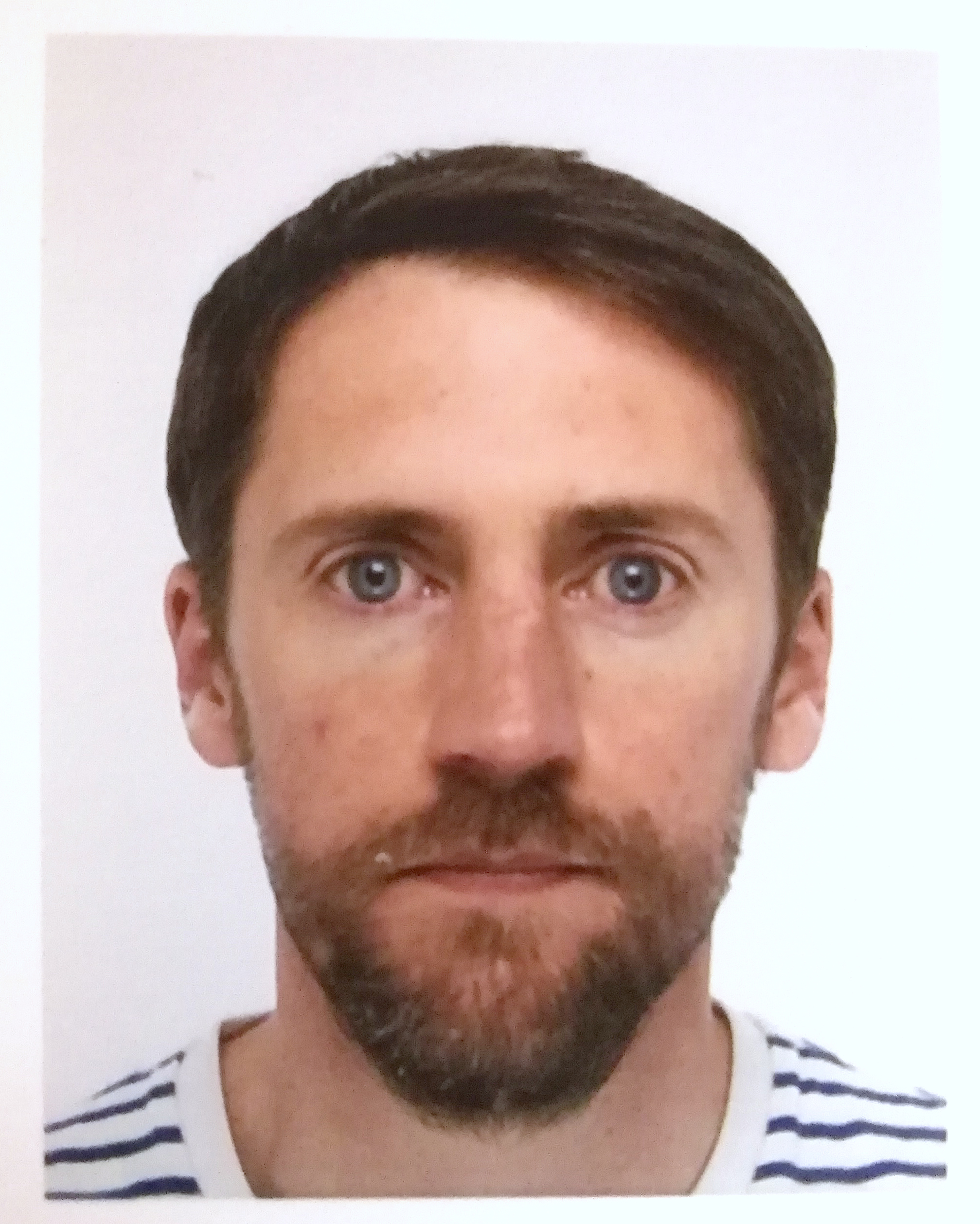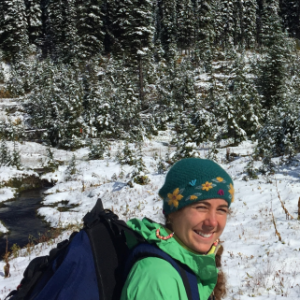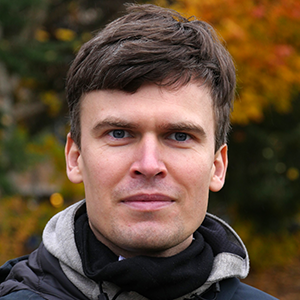
Michael Bostock
My research over the past few years has been directed toward two important issues in Solid Earth Science:
i) the structure and dynamics of subduction zones; and
ii) the formation and evolution of the first continental landmasses.
I have addressed these topics using the tools of seismology, and have invested considerable effort in the development of theoretical procedures to maximize the information extracted from seismograms.
Subduction zones are the most dynamic regions of the planet as sites of tectonic plate consumption/modification and destructive natural disasters. I am particularly interested in understanding the controls that structure of the downgoing plate and mantle wedge exert on Wadati-Benioff earthquakes (such as the recent Magnitude 6.7 February 2001 Seattle event) and the sources of magma that feed volcanoes such as Mount Baker. Through the application of formal inverse scattering theory to body-wave seismograms, former student Stephane Rondenay (presently assistant, tenure-track professor at Massachusetts Institute of Technology) and I have identified aberrant structure in the forearc mantle wedge of the Cascadia subduction zone beneath Oregon and southern British Columbia. This work, summarized in a recent Nature article, indicates that the shallow forearc mantle is highly hydrated, a result with important implications for our understanding of the rupture limits and magnitude of great thrust earthquakes, the evolution of continental margins, and the genesis of arc magmas. Our results are, moreover, leading to a new appreciation of water transport within the Earth and the role of the mantle as a significant reservoir in the global hydrologic cycle.
The origin of Earth’s earliest continents is a long-standing issue of controversy in Earth Science. A direct association between diamond fields (such as those in Canada’s north) and the oldest continental edifices (or “cratons”) renders the issue more than simply academic. In work that has received considerable financial and logistical support from Canada’s nascent diamond industry, I have used seismology to probe the deep (200+km) roots of continents beneath the Slave craton in the Northwest Territories, site of the oldest dated rocks on Earth. My analysis reveals a well defined, anisotropic layering that bears striking resemblance to the signatures of oceanic crust in modern convergent margins. These results, also presented in the journal Nature, provide the critical and direct evidence supporting the thesis that ancient continental masses were stabilized through processes involving low-angle imbrication of oceanic lithosphere during multiple episodes of shallow subduction. In addition to identifying the carbon source for diamond genesis, our analysis has also suggested the presence of neutrally buoyant fluids at great depths (350-400 km) below the continental roots. These fluids may play a role in the genesis of the kimberlite magmas that transport abyssal diamonds to the Earth’s surface.
Our success in these studies has raised a host of new scientific questions and technological challenges, that motivated my initiation of the POLARIS (Portable Observatories for Lithospheric Analysis and Research Investigating Seismicity) project. POLARIS represents a consortium of geophysicsts from Canadian universities that coordinates a $10M instrumentation facility funded by the Canada Foundation for Innovation, British Columbia and Ontario governments, UBC, the Canadian diamond industry and power generation utilities. I am one of three principal investigators in the project which currently involves major geophysical experiments in southern British Columbia, northern Canada (Northwest Territories and Hudson Bay regions) and southern Ontario.
Supervised Students
-

Alex Hughes
UBC Earth, Ocean and Atmospheric Sciences -

Geena Littel
UBC Earth, Ocean and Atmospheric Sciences -

Wasja Bloch
UBC Earth, Ocean and Atmospheric Sciences
Comments are closed, but trackbacks and pingbacks are open.